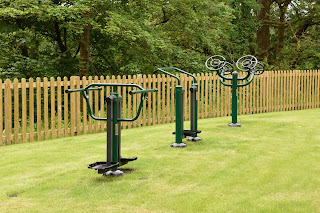Furniture for Schools: Enhancing Learning Environments with Quality School Furniture
Creating an effective and comfortable learning environment is essential for fostering student engagement, promoting productivity, and ensuring safety. One of the fundamental aspects of a conducive classroom is the right furniture for schools. Well-designed furniture not only supports diverse teaching methods but also adapts to the needs of students across different age groups. From ergonomic chairs to sturdy desks, the right furniture can make a significant difference in the overall educational experience.
The Importance of Quality School Furniture
Investing in high-quality school furniture is about more than just aesthetics; it’s about creating a space that encourages learning and well-being. Proper furniture can prevent health issues such as back pain and poor posture, which are common among students who spend long hours seated. Ergonomically designed chairs and adjustable desks ensure students maintain good posture, reducing fatigue and discomfort.
Furthermore, durable school furniture withstands daily wear and tear, especially in busy school environments. Materials such as laminated wood, metal, and high-density plastics are popular choices because they combine durability with ease of maintenance. Safety features, such as rounded edges and non-slip feet, are also critical in preventing accidents and ensuring a secure environment.
Types of Furniture for Schools
A typical school setting requires a variety of furniture pieces tailored to different functions:
Desks and Tables: Available in various sizes and configurations, these are essential for individual and group activities. Adjustable desks accommodate students of different heights, promoting comfort and focus.
Chairs: Ergonomically designed chairs help maintain good posture and reduce fatigue. Swivel chairs with adjustable heights are common in computer labs and teacher’s offices.
Storage Solutions: Shelves, lockers, and cabinets are vital for organizing supplies, books, and personal belongings, keeping classrooms tidy and efficient.
Specialized Furniture: Labs, art rooms, and libraries require specialized furniture such as lab benches, art tables, and reading nooks to support specific activities.
Design Considerations for School Furniture
When selecting furniture for educational institutions, several factors should be considered:
Flexibility: Modular furniture that can be rearranged easily allows for different teaching styles and activities.
Safety: Rounded edges, non-toxic finishes, and sturdy construction are non-negotiable safety features.
Aesthetics: Bright colors and modern designs can create an inviting atmosphere that stimulates creativity and enthusiasm.
Sustainability: Eco-friendly materials and manufacturing processes contribute to environmental conservation and promote awareness among students.
Emerging Trends in School Furniture
Recent innovations focus on creating adaptable and technology-friendly environments. For instance, height-adjustable desks and collaborative tables support active learning, while integrated charging stations accommodate the proliferation of digital devices. Additionally, furniture that promotes movement, such as balance ball chairs or standing desks, encourages physical activity during lessons.



Comments
Post a Comment